Chair's Welcome
Charles Parkos MD, PhD

Upcoming Conferences

Advances in Forensic Medicine & Pathology
True to its theme, this exciting two-day conference is intended to meet the educational needs of Practicing Pathologists, Medical Examiners, Law Enforcement/Police Officers, Coroners, District Attorneys, and Health Care Professionals.

New Frontiers in Pathology Conference
Save the Date
This symposium is intended to address the educational requirements for practicing pathologists, residents, and fellows. Diagnostic problems in Anatomic Pathology will be identified and evaluated using current tools.
Clinical Events
The Path Report ALL EPISODES
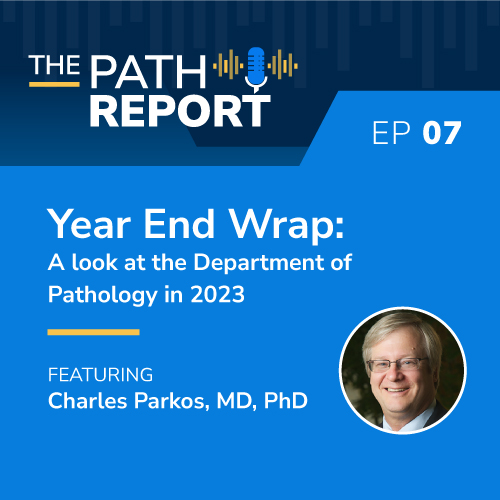
Year End Wrap: A look at the Department of Pathology in 2023
December 19 2023The University of Michigan Department of Pathology podcast, The Path Report provides listeners with the inside scoop on the interesting things happening in pathology at Michigan Medicine.
Find it on all the providers below:
Acast
Amazon Music
Google Podcast
Spotify
YouTube
More News NEWS ARCHIVE SUBMIT STORY

Another Step Toward Healthcare Equity: Dr. Jennifer Jones and Colleagues Participate in National Study

Drs. Sarah Farran and Isabella Holmes selected as Assistant Chief Residents

Dr. Asma Nusrat Receives 2024 Rous-Whipple Award at ASIP Meeting

In Memoriam: Dena Ryan, May 16, 1977 – April 4, 2024
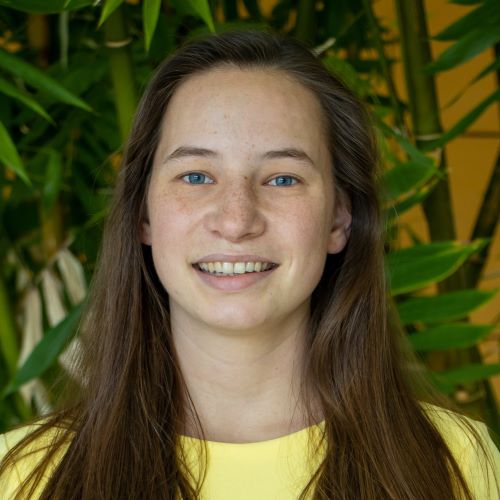
MCP Student Gabbi Rozumek awarded 2024 Phyllis M. Wise Biomedical Sciences Graduate Student Award for Excellence in Service
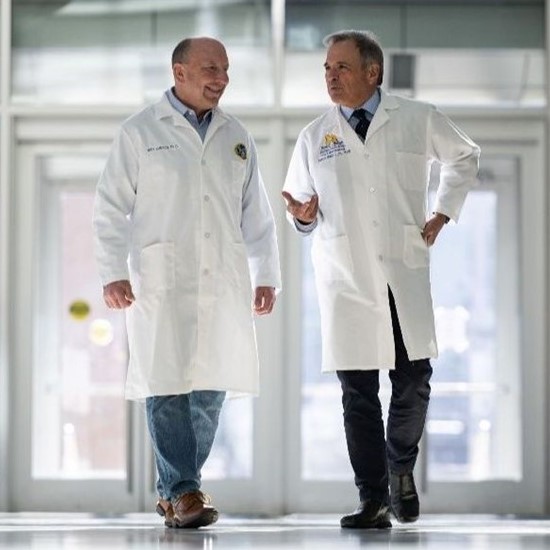
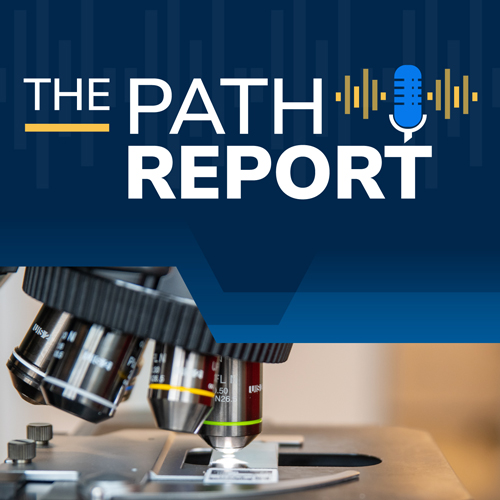
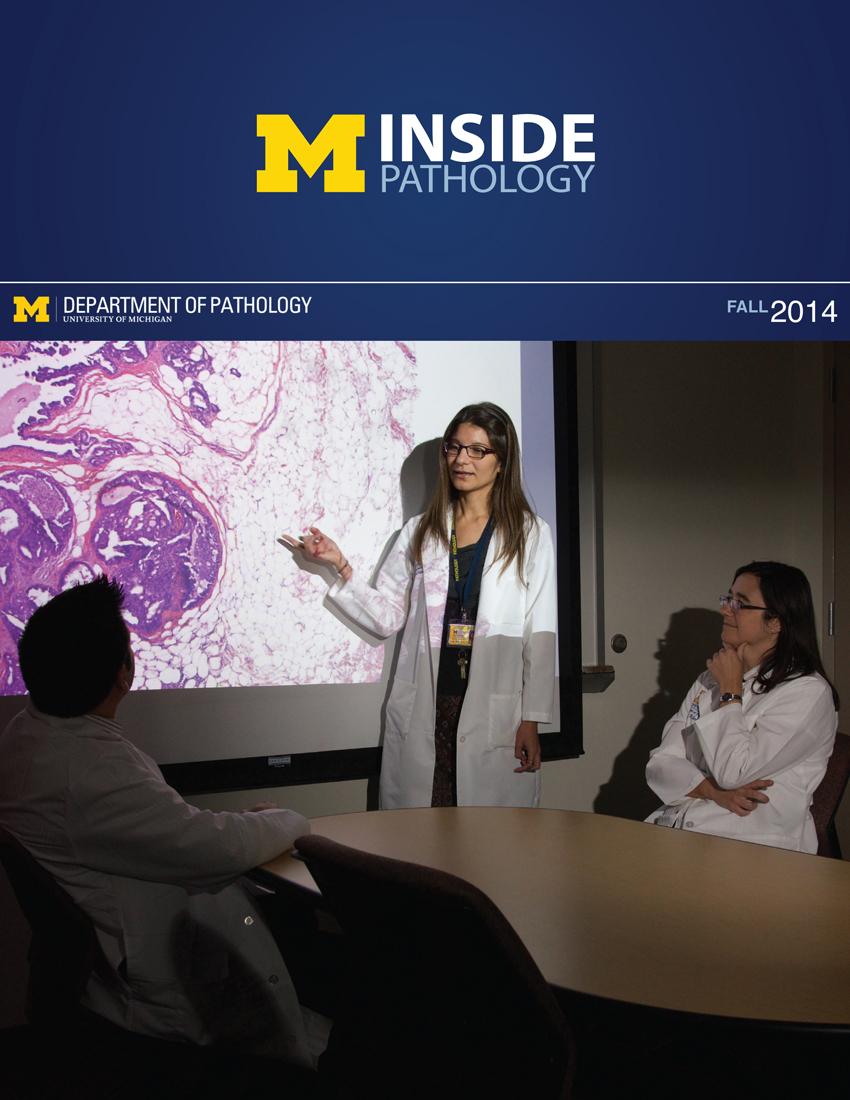 ON THE COVER
ON THE COVER
 ON THE COVER
ON THE COVER
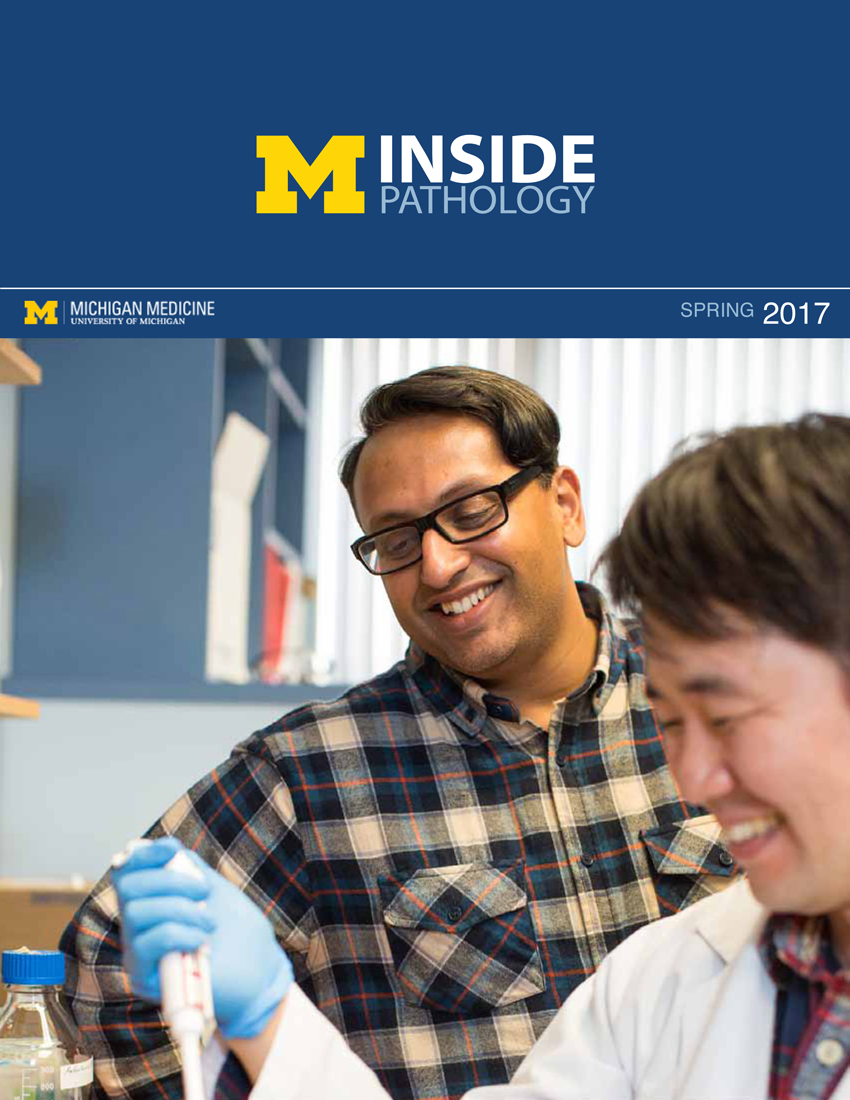 ON THE COVER
ON THE COVER
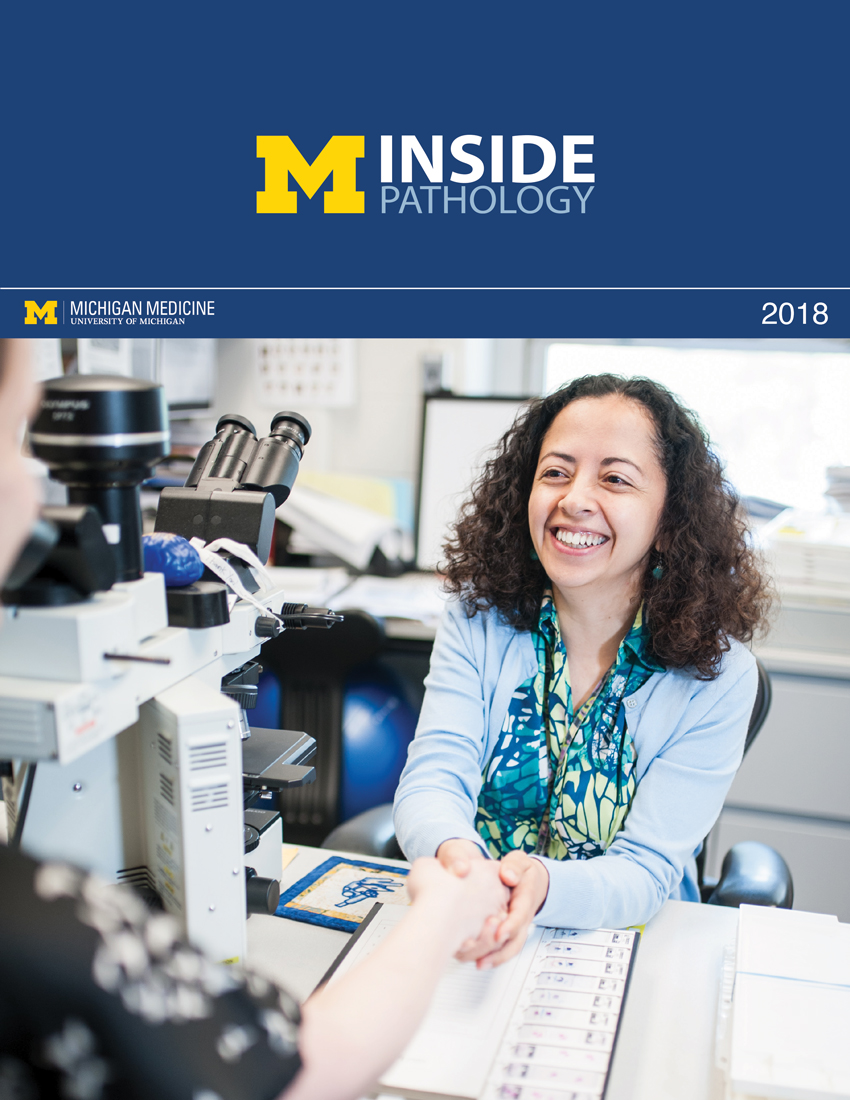 ON THE COVER
ON THE COVER
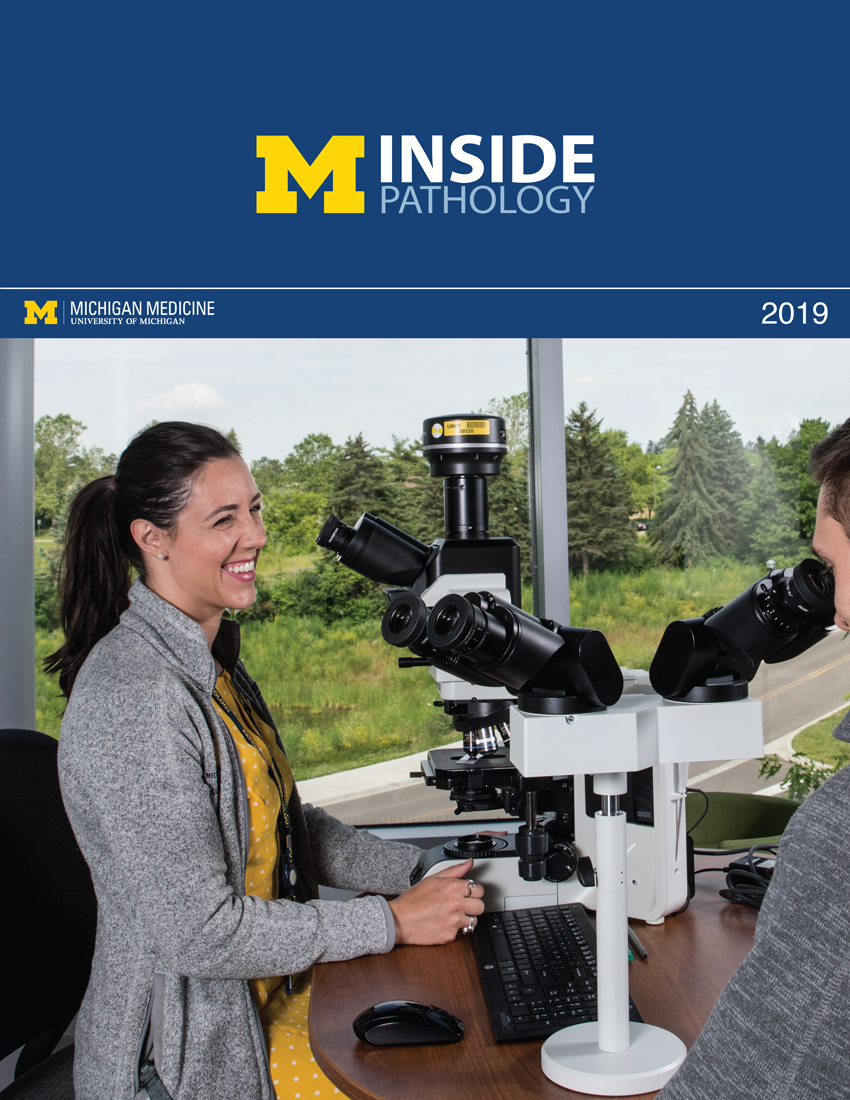 ON THE COVER
ON THE COVER
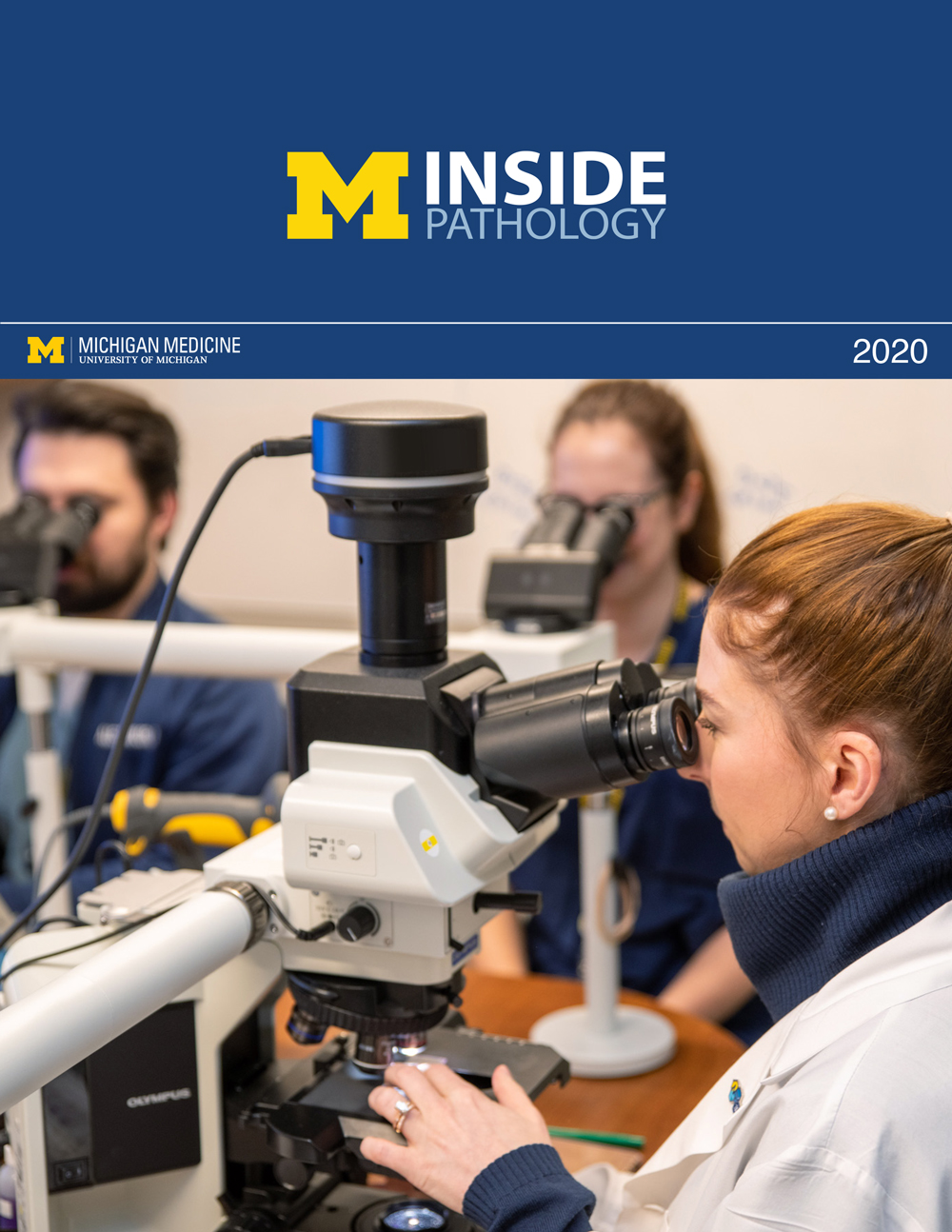 ON THE COVER
ON THE COVER
 ON THE COVER
ON THE COVER
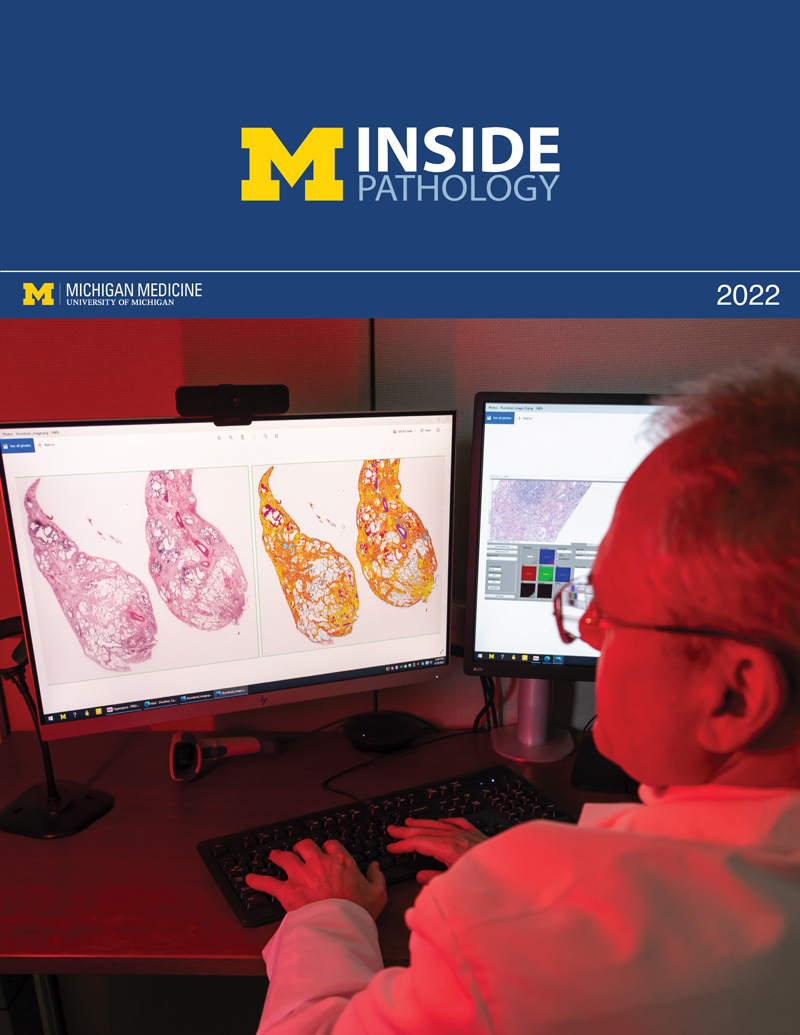 ON THE COVER
ON THE COVER
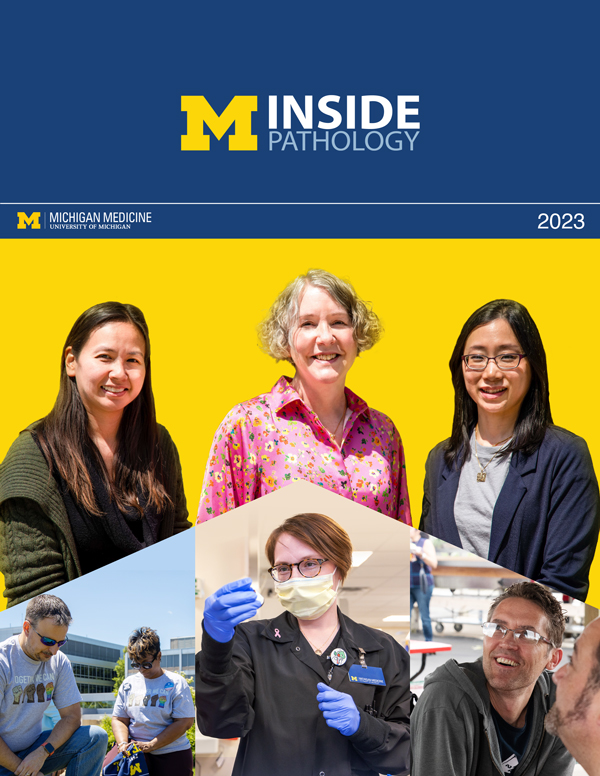 ON THE COVER
ON THE COVER
